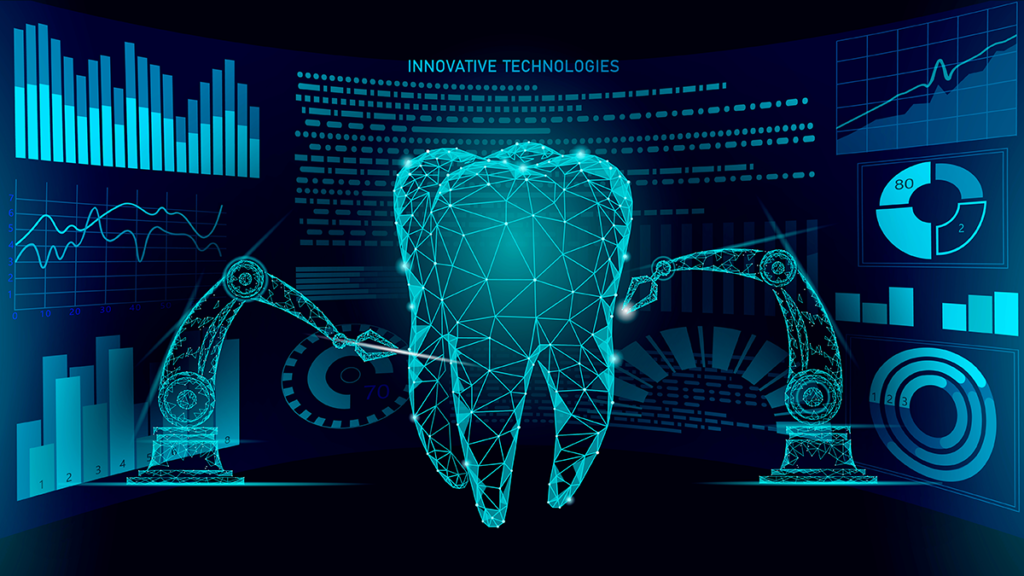Research groups from Penn’s School of Dental Medicine and Penn’s School of Engineering have joined forces to create a robotic throng of shapeshifting nanoparticles – and they want to change the world of oral hygiene as we know it.
Dental health is a very important part of daily life, but the dental industry is one that has seen very little movement in terms of the technology used, or of the physical act of brushing and flossing teeth.
However, the Pennsylvanian university research groups could be about to change dental hygiene as we know it, with their proof-of-concept study of iron oxide nanoparticles in dentistry.
The research has shown that iron oxide nanoparticles are fully automated and by adjusting the electromagnetic fields the nanoparticles can attach to each other. They can then be manipulated to recreate brush- and string-like shapes which act like toothbrushes and floss – only better.
IoT Insider spoke to Michel Koo, a professor in the Department of Orthodontics and divisions of Community Oral Health and Paediatric Dentistry, who commented that the process works by using two electromagnets which can be quickly switched on and off, and its power can be varied to control the nanoparticles.
Using 3D printed tooth models they tested the performance of the microrobots and how they adjusted to the shape of the surface of the tooth, as well as between the teeth, and the gumline. Once the nanoparticles are aligned and coaxed into their desired shape, they act as a catalyst which activates hydrogen peroxide to break down the plaque and kill bacteria on and between the teeth.
The iron oxide nanoparticles are safe for use in a human mouth, the formulation being approved by the FDA (Food and Drug Administration) for iron deficiency. The tips of the brush-like structure can be made to be strong enough to remove plaque whilst causing no damage to gums. The particles are safe enough to be used as part of daily oral hygiene care.
In the most basic terms, oral hygiene has evolved from a chewing stick to a manual toothbrush, which was originally made from pigs’ bristles and attached to a bone or bamboo handle, and finally to the electronic toothbrush that we recognise today, which was invented in the late 1930s. And whilst head sizes, bristle lengths, shapes and stiffness vary – the brushes, and floss, themselves have essentially remained the same.
The device is expected to not just perform brushing and flossing, but also rinsing as well, and all in a single step – without the need for any manual dexterity to be able to perform the actions. When the clean is completed, the particles are simply retrieved with magnetic fields.
However, as it is in the proof-of-concept stage it is still unclear how the physical process will work for the end user, but it will be interesting to see where the technology goes.
Perhaps the particles will be placed in a retainer-like system which the user will pop over their teeth, allowing the particles to simply work their magic.
